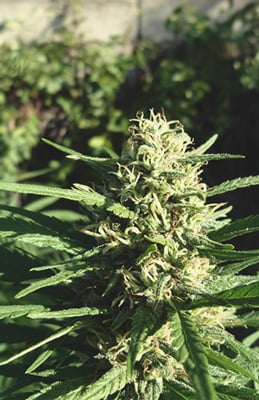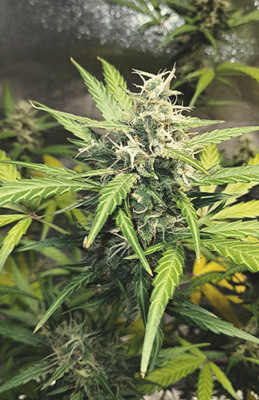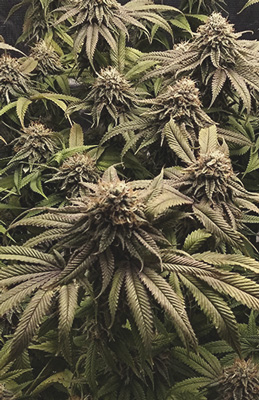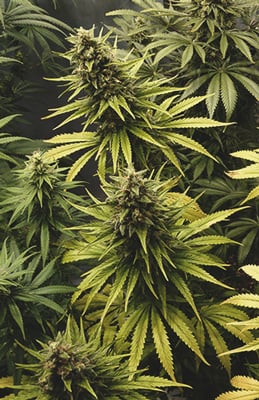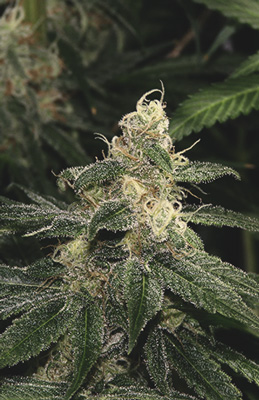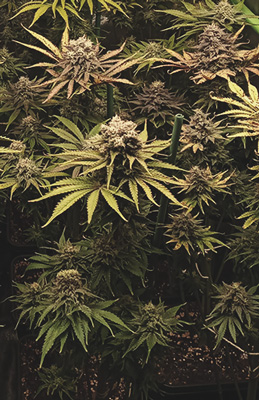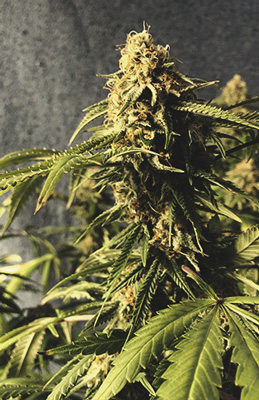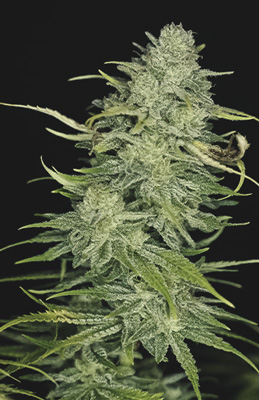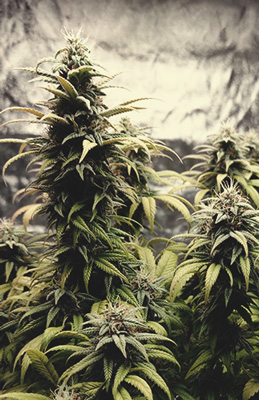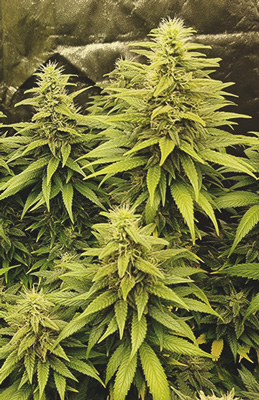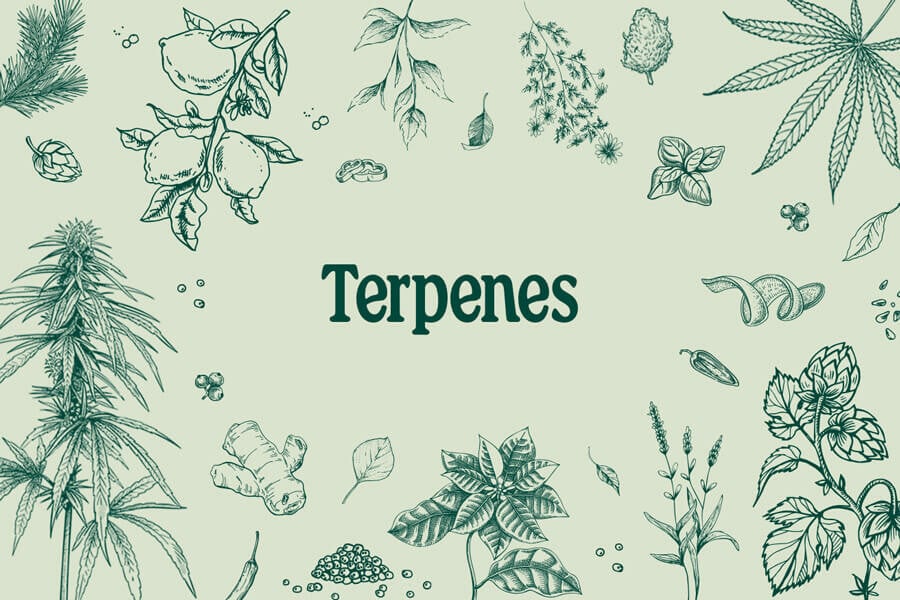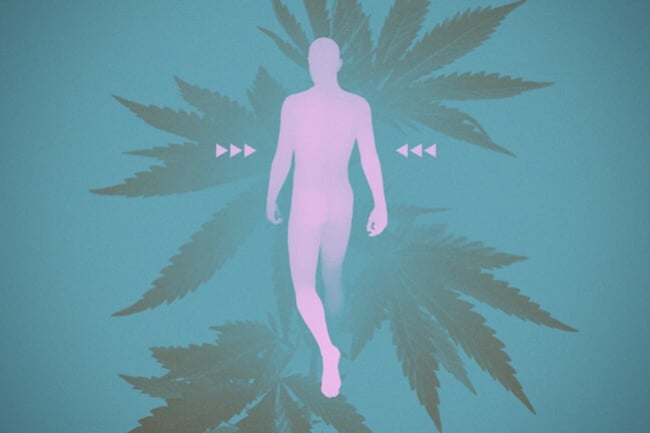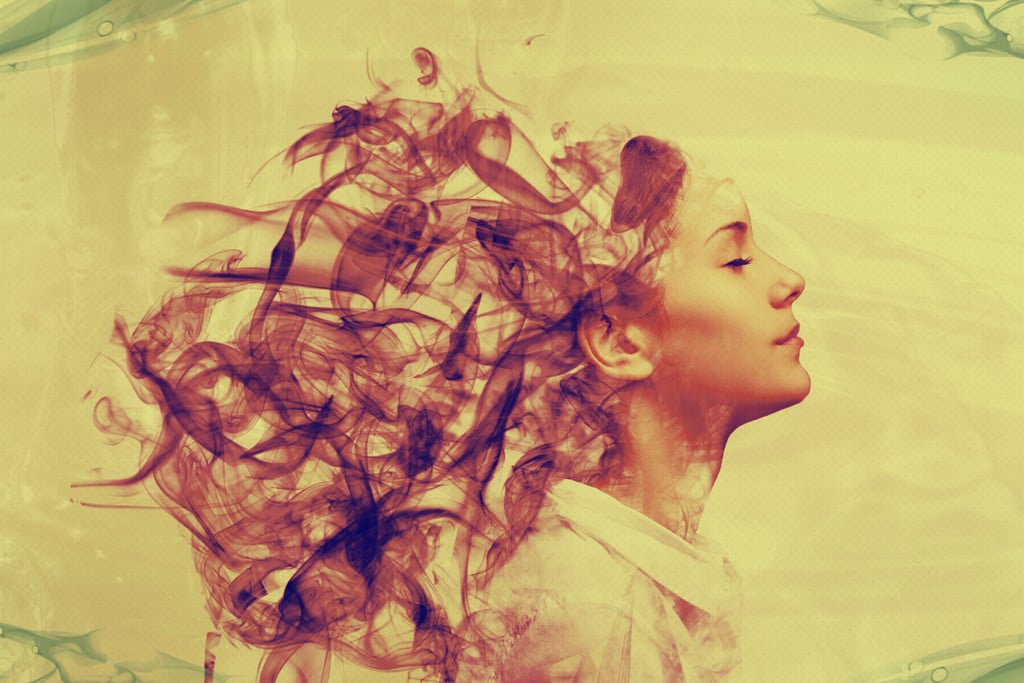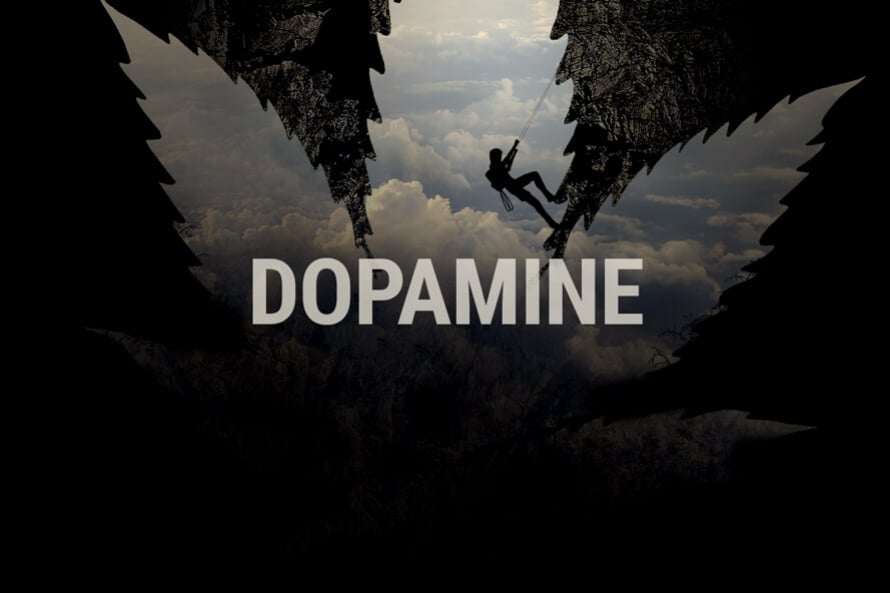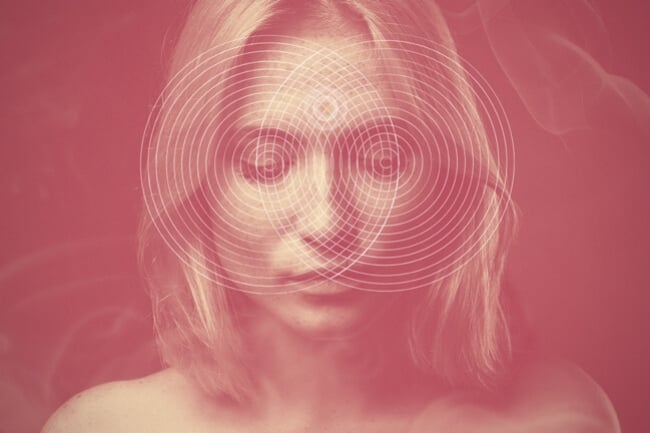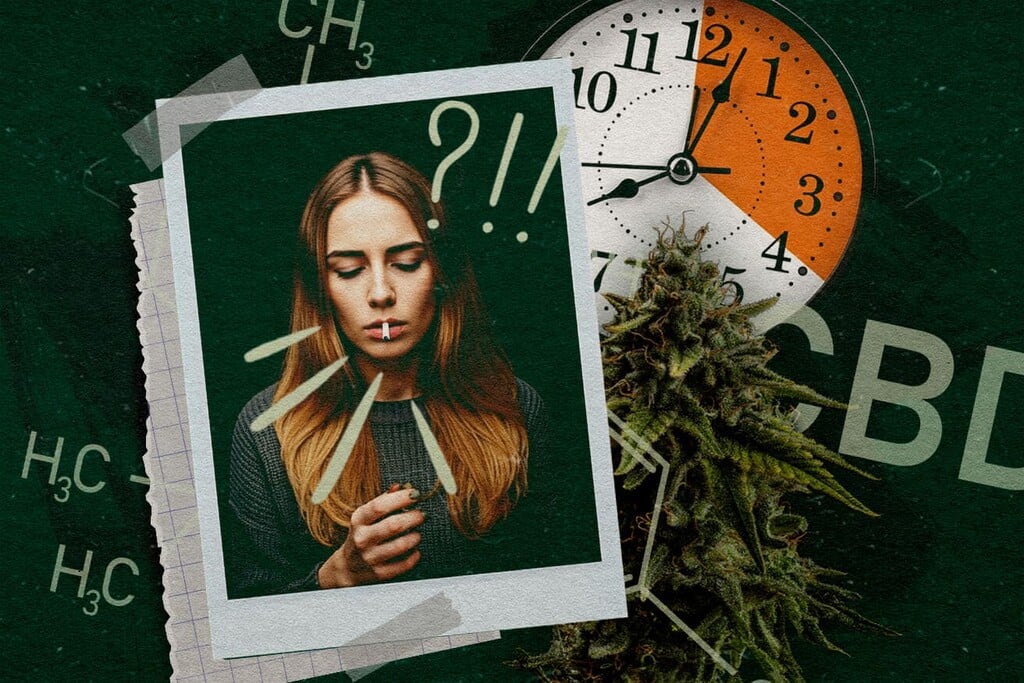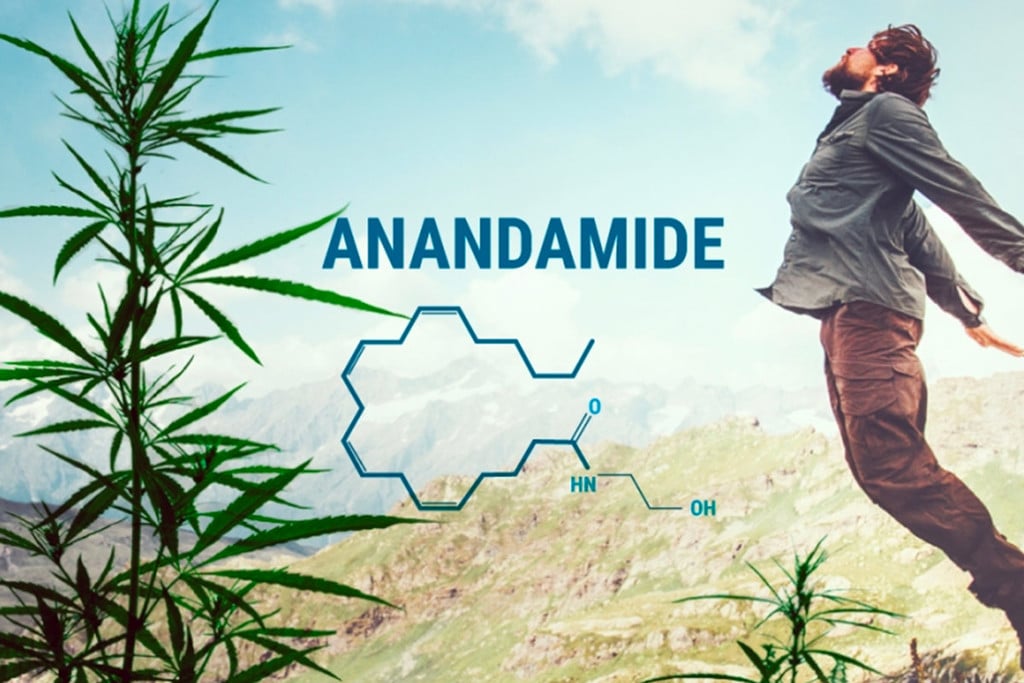.
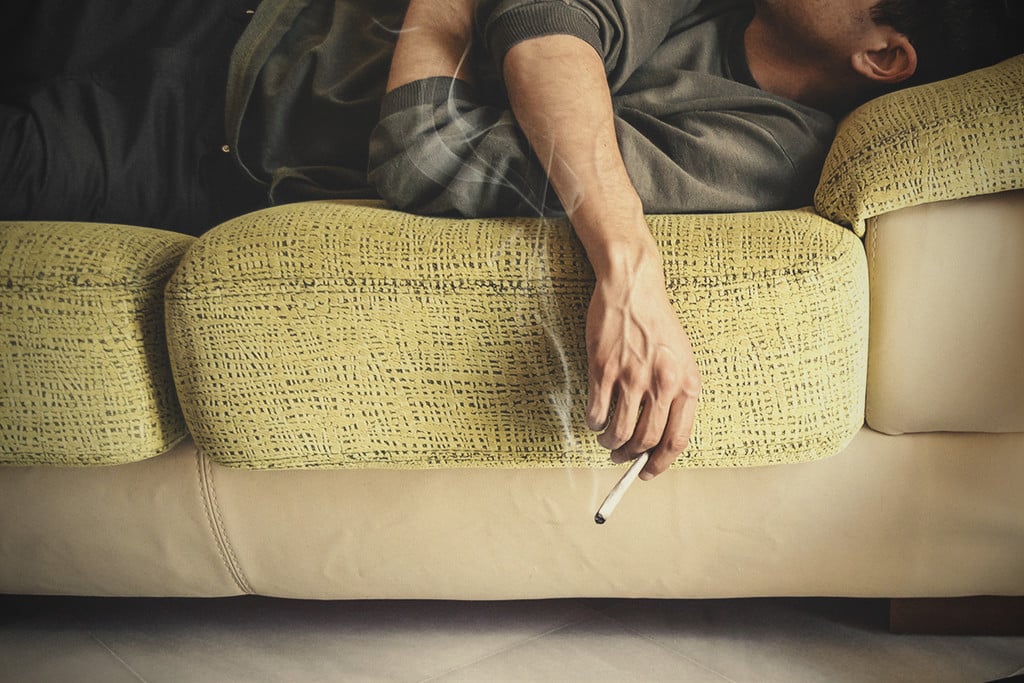
Why Does Smoking Cannabis Make You Feel Tired?
Understanding how things work gives us more power over them. With that in mind, understanding why weed can make you sleepy is a great way to counteract and manage this effect. Maybe you like it, or maybe you'd like to have more reliable energy levels. Here we explain why weed has this effect, and what can be done about it.
Contents:
Feel groggy the day after you've smoked weed? Perhaps you smoke a lot and find that you're often running low on energy or struggle to feel motivated? Though not entirely understood, it's generally accepted that cannabis consumption, especially excessive consumption, can lead to feelings of sleepiness. Understanding why this may happen, and what you can do about it, can help you develop a healthier relationship with weed.
Why Does Weed Make You Sleepy?
Most people who smoke weed will attest that it can sometimes (or maybe most times) leave them feeling sleepy—perhaps even lethargic. Indeed, there’s a pervasive stereotype about the unmotivated stoner unable to shake those feelings of tiredness.
But why do so many people end up feeling sleepy during and after smoking weed?
Cannabinoids and Terpenes
It stands to reason that the psychoactive and psychotropic compounds in cannabis are most responsible for weed’s propensity to make people feel tired.
Cannabinoids
Cannabis contains 113 known cannabinoids, and potentially more that have yet to be identified. Technically known as phytocannabinoids, these plant-derived compounds are able to interact with the body's endocannabinoid system (ECS). This network of receptors and channels is, while not well-understood, thought to be involved in many mental and physical processes.
The two most well-known cannabinoids are THC and CBD. THC is the one responsible for cannabis’ famous high, and also the prime culprit behind its sleepy effects. It mimics anandamide, a naturally occurring endocannabinoid, and binds most readily to the CB1 receptors, found most abundantly in the brain.
There are suspicions around why THC makes users sleepy—many of which have to do with dopamine—and these will be investigated later on in a dedicated section.
CBD, along with many other cannabinoids, has also been linked to feelings of sleepiness. While results are currently inconclusive, early studies point to a relationship between CBD and changes in sleep[1].
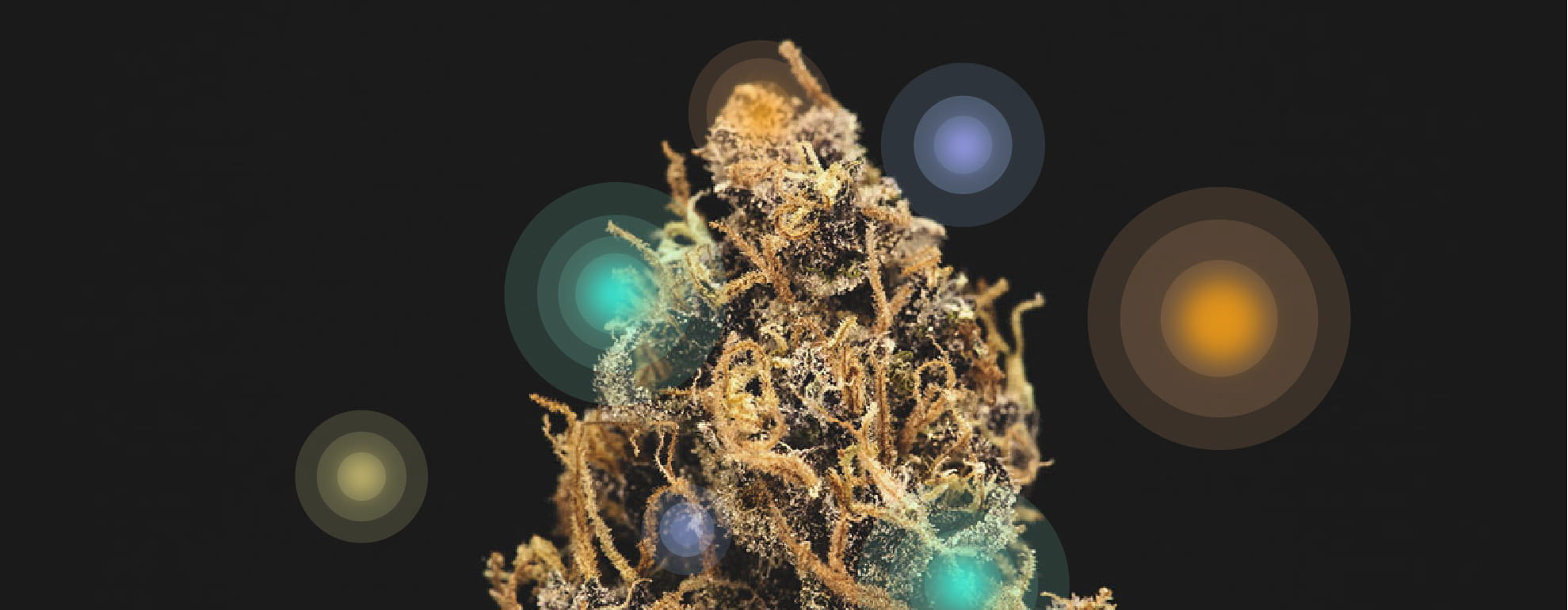
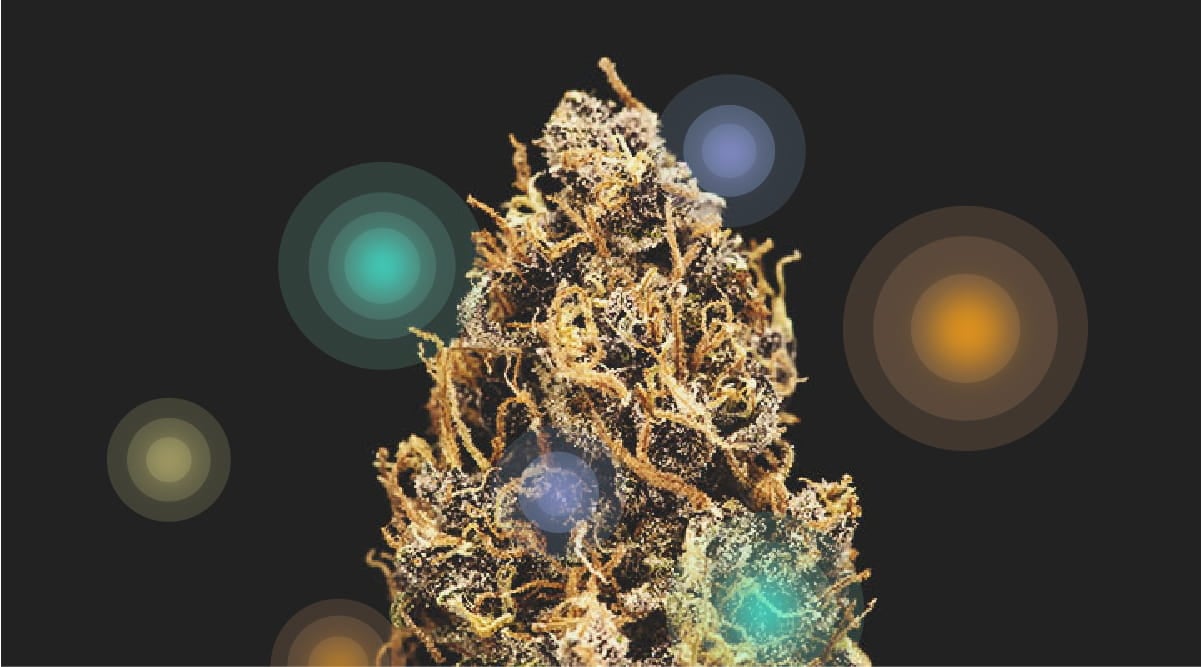
Terpenes
Terpenes are a class of lesser-known compounds found not only in cannabis, but throughout nature. They give cannabis its wonderful array of tastes and aromas, as they do for many other plants.
Myrcene is a terpene commonly found in cannabis that exhibits a mango-like, earthy flavour. Indeed, myrcene is also found in mangoes. It is thought that myrcene may increase the permeability of the blood–brain barrier[2], which could in turn affect the speed at which cannabinoids are able to cross it, potentially amplifying their effects.
Likewise, linalool, another commonly occurring terpene, is thought to work in conjunction with CBD to impact feelings of sleepiness.
Quality of the Cannabis
Likewise, the quality of the cannabis can make a difference. Quality is a hard thing to define in this realm, as it's largely subjective; nevertheless, the way cannabis is grown, cured, and stored can dictate how sleepy its effects are.
Once again, it comes down to cannabinoids. For instance, flowers that are harvested slightly earlier and cured in airtight jars in the dark will have higher concentrations of THC. If flowers are left on the plant longer, or cured in lit conditions in plastic baggies, then the THC will degrade into other cannabinoids (such as CBN) that are thought to make users sleepier.
Otherwise, it’s mostly to do with THC:CBD ratios and the abundance of different terpenes. A well-grown strain of cannabis is more likely to have a range of balanced effects, potentially leading users to feel less sleepy. This is by no means guaranteed, though.
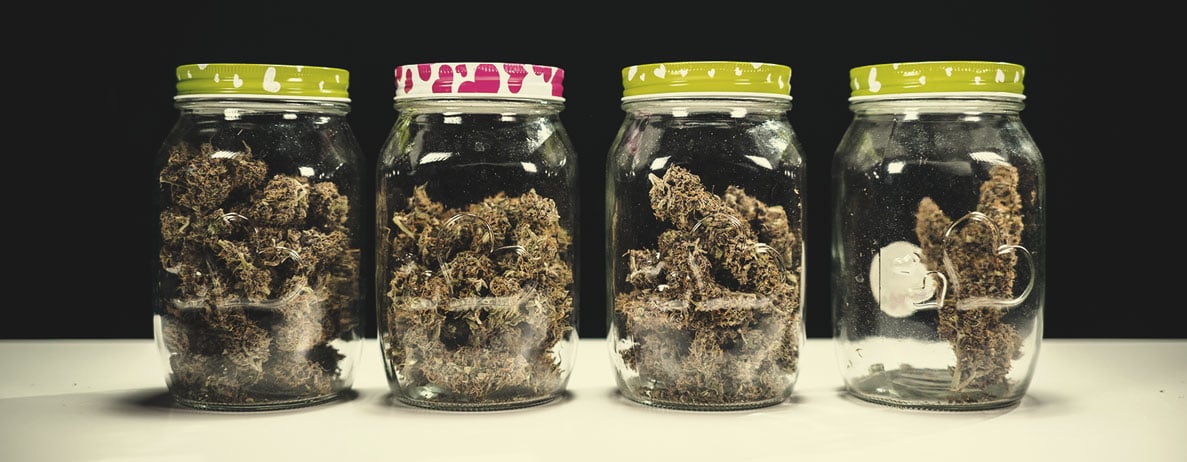
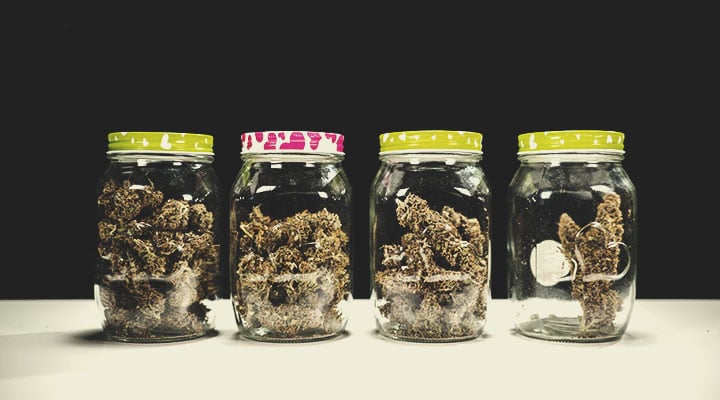
The Amount You Smoke
It goes without saying that if you smoke more, you’ll get stronger effects. Consuming just a little bit is more likely to give you a light high that will wear off with little to no after-effects. Smoking bowl after bowl is inevitably going to mong you out, no matter what kind of weed it is.
Likewise, smoking every day, or very regularly, will have a cumulative effect. So one huge session might leave you feeling relatively unscathed, but getting high all the time has a greater chance of giving you an unshakable lethargy.
Method of Ingestion
How you take it matters too. When you smoke cannabis, the compound that reaches your brain is delta-9-THC. Though highly potent, this compound is broken down relatively quickly, allowing your body to rebalance itself fairly fast.
When you ingest cannabis, delta-9-THC becomes 11-hydroxy-THC. This version of the THC molecule is both more potent and harder for your body to metabolise. That’s why edibles have such strong and long-lasting effects. They also tend to make users sleepier, for longer.
THC and Dopamine
As mentioned, it is thought that THC’s most profound sleep-related effects are due to its impact on dopamine.
Dopamine is a neurotransmitter that serves to make us repeat beneficial behaviours and not bother with bad ones. However, many substances are able to manipulate this system, which both increases the sensation of pleasure we feel when we take them, and can lead to addiction and other problems.
A 2017 study[3] found that frequent consumption of cannabis had significant effects on users' dopamine levels. It was then speculated that these effects may influence users' feelings of motivation and energy.
As dopamine essentially tells the brain when to make an effort, and when not to, imbalances in this system may greatly affect people’s ability to feel motivated. As put by Michael Bloomfield, PhD:
“After a period of time, your brain cells aren’t able to make as much tyrosine hydroxylase, an important enzyme that’s a key component in making dopamine”.
The suspicion is that by stunting dopamine production, energy levels themselves are stunted.
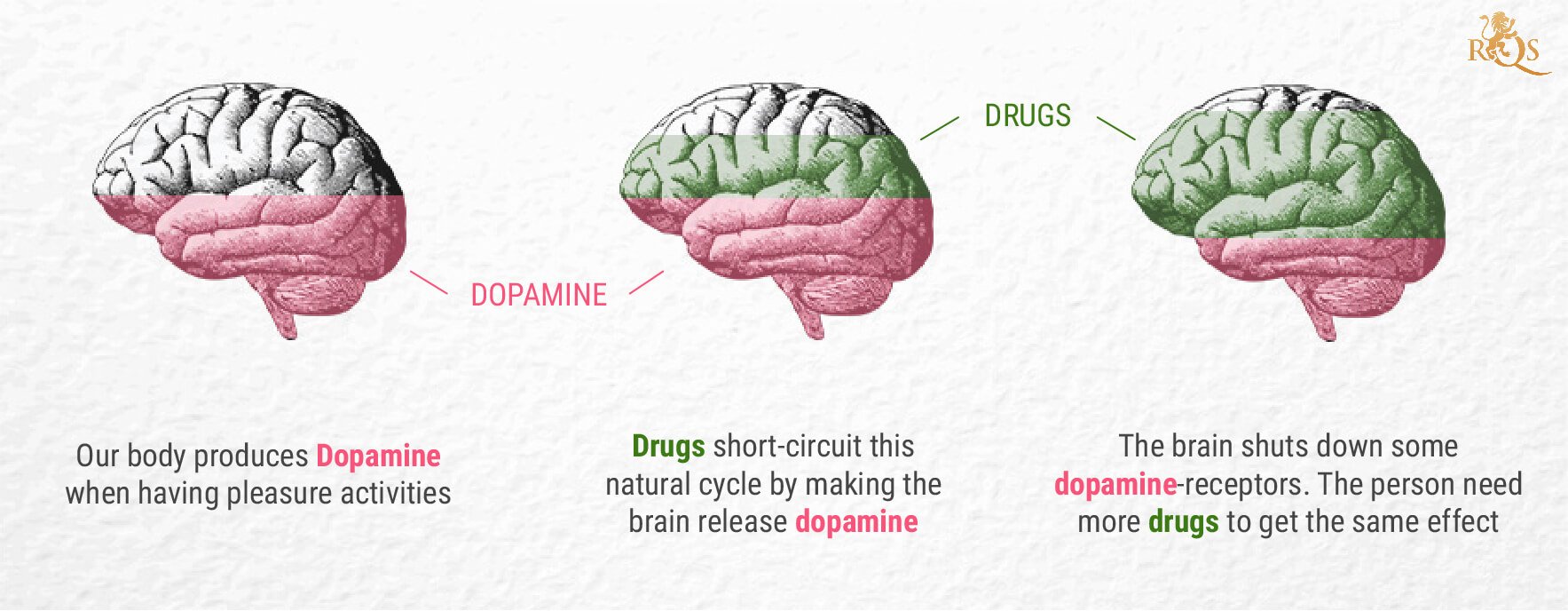
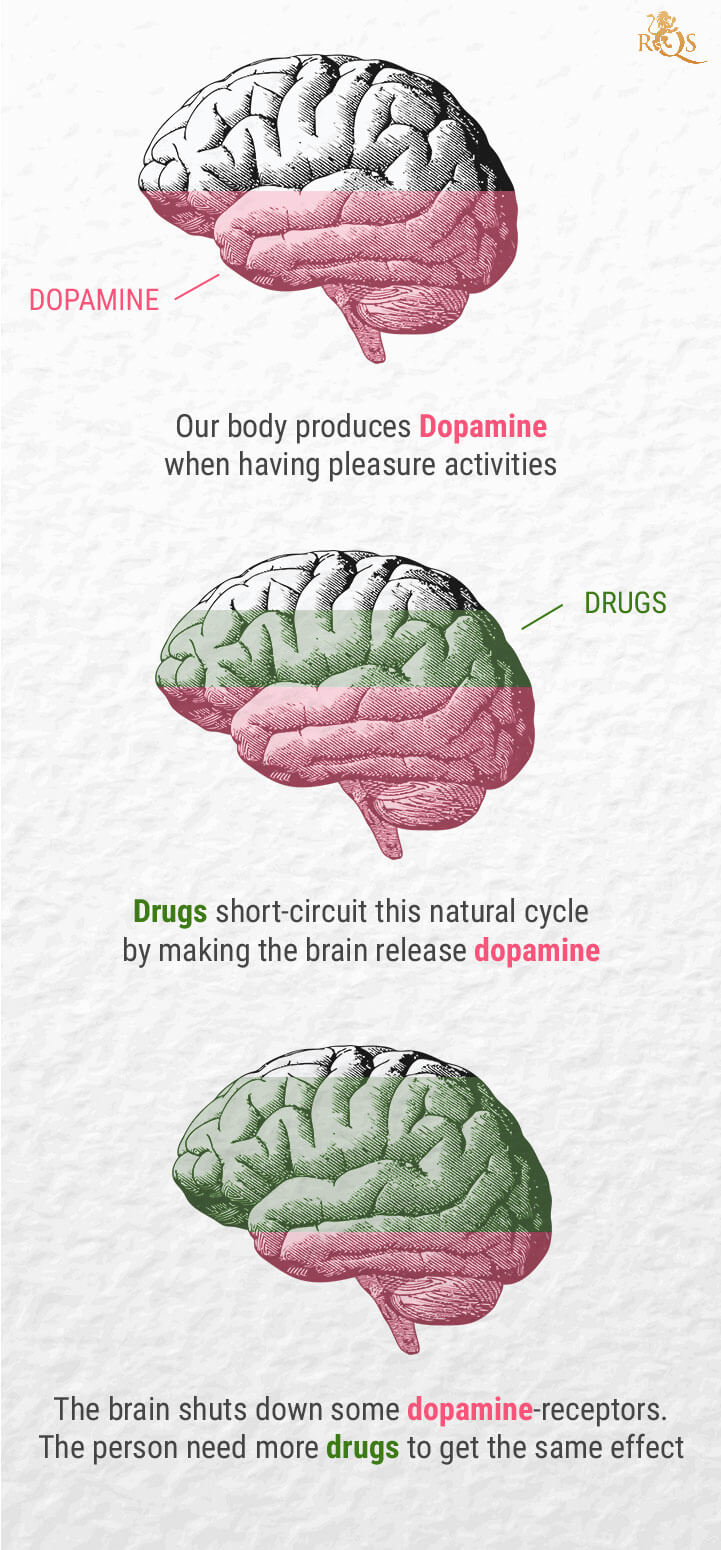
Cannabis Strains That Can Influence Tiredness
Feelings of sleepiness are not always unwanted from cannabis, and for some they are specifically desired. Therefore, knowing which strains might be considered the best for this purpose can be helpful. And likewise, knowing which strains are the most energetic is desirable for those who wish to avoid the couch-locking effects of the herb.
Cannabis Strains to Make You Sleepy
For those of us who are lucky enough to have access to different strains of cannabis, it’s fairly clear that some make us very sleepy, and others may not. The old binary distinction between indica and sativa is no longer of much use here, as it overly generalises and isn’t all that helpful.
Here are our top 5 sleepy cannabis strains:
- Northern Light: This classic cannabis strain is an old indica favourite, with moderate to high THC levels and a whole lot of myrcene. Delicious, and renowned for its sleep-promoting qualities, it’s a great one to smoke before bed.
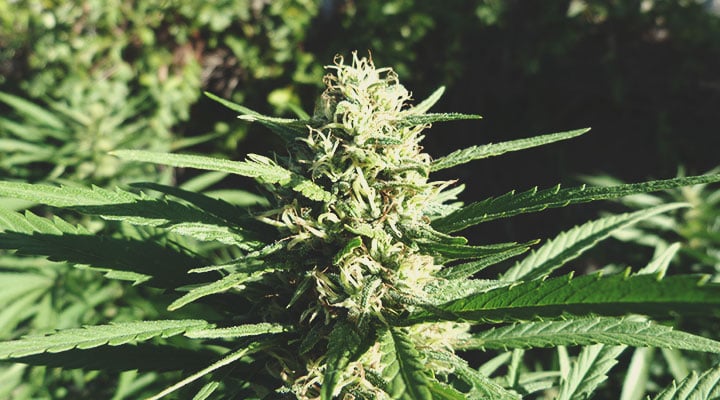
- Royal Jack Automatic: With moderate amounts of THC, this Jack Herer progeny contains a lot of terpineol and nerolidol—thought to make people sleepy and couch-locked.
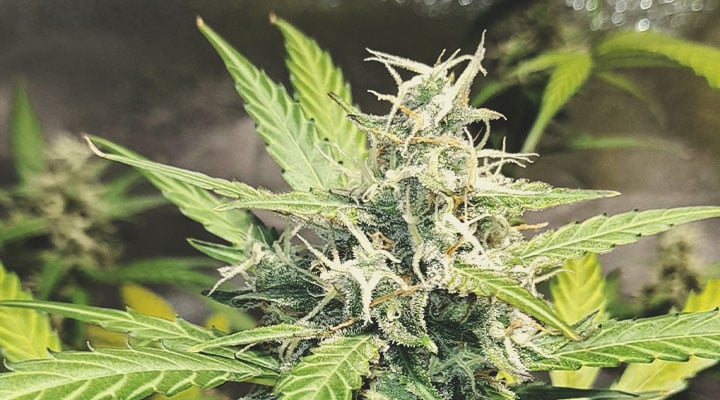
- Legendary OG Punch: Once again, this is a bud packed with myrcene. Comforting earthy flavours will have you happily heading for bed.
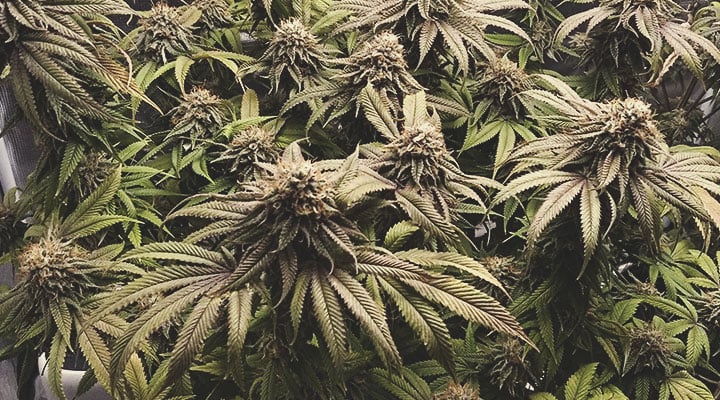
- Sweet ZZ: This strain contains the terpene humulene, which is responsible for the hoppy flavours of IPAs. So if you like your craft beers and fancy a cannabis strain that tastes the same, and gets you to bed, try Sweet ZZ.
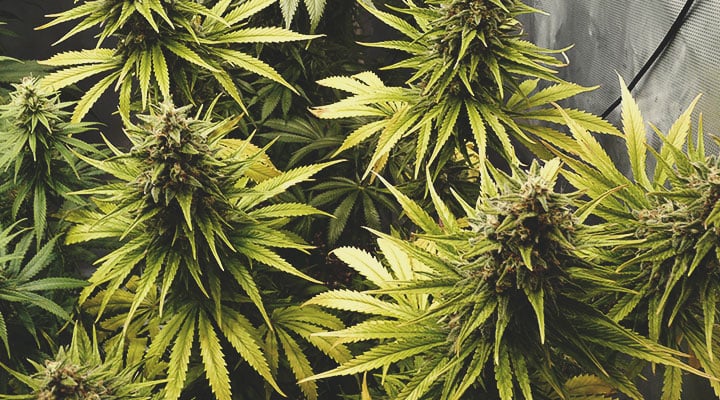
- Medical Mass: This variety harnesses the combined power of THC and CBD. With a mild THC content of around 10% and a high CBD content, it’s balanced, gentle, and will ease you into a peaceful state, ready for slumber.
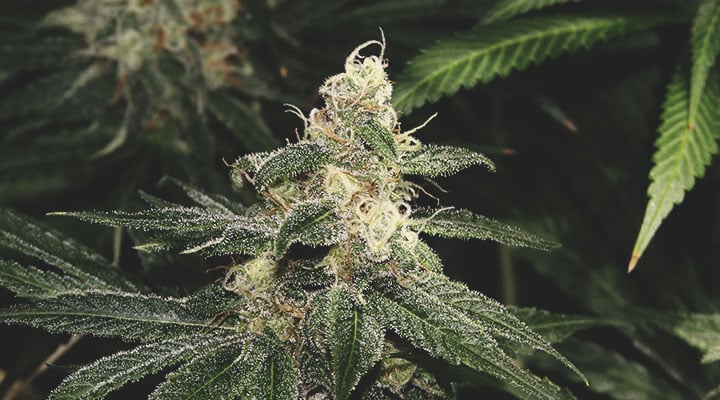
Cannabis Strains to Wake You Up
It could well be that you don’t want cannabis to make you tired, and you’d rather have energy and creativity. This can be achieved with the following 5 strains:
- Chocolate Haze: This variety belongs to the Haze family, which is a famous and classic collection of sativa-dominant strains. It has a high THC content of around 20%, but exchanges some of those sleepier terpenes for invigorating, energetic ones. The flavours and cerebral effects should have you up and about.
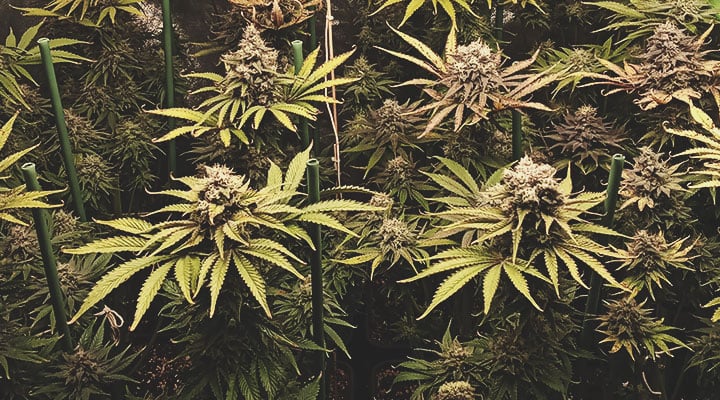
- Green Crack Punch: With a name like this, you’d hope to be scuttling about. With fruity, zesty citrus notes, it is refreshing and invigorating, with a strong but manageable THC content of 18–20%.
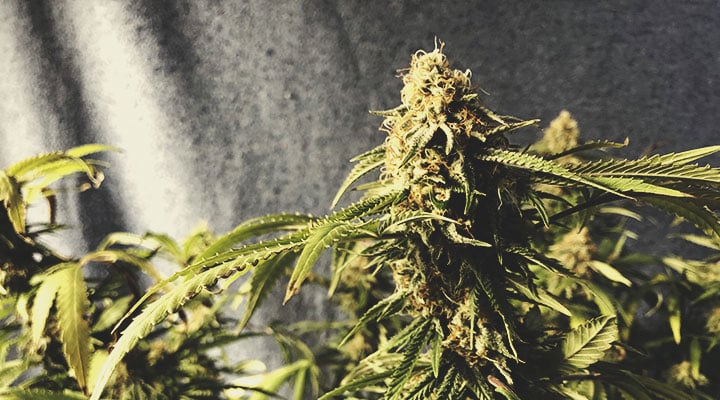
- Royal AK: This cup-winning strain leaves you clear-headed and feeling good. Expect to be chill without that feeling of couch-lock.
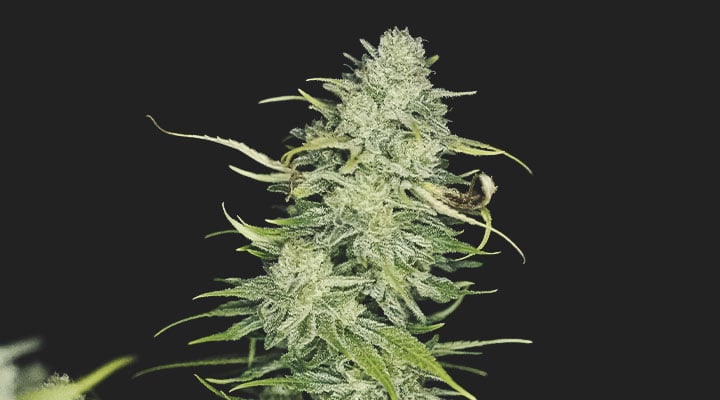
- Lemon Shining Silver Haze: This is an incredibly strong strain, packing up to 25% THC. So microdosing it might be the way to go. At smaller doses, it can result in feelings of creativity and euphoria. At higher doses, you might find yourself very blazed!
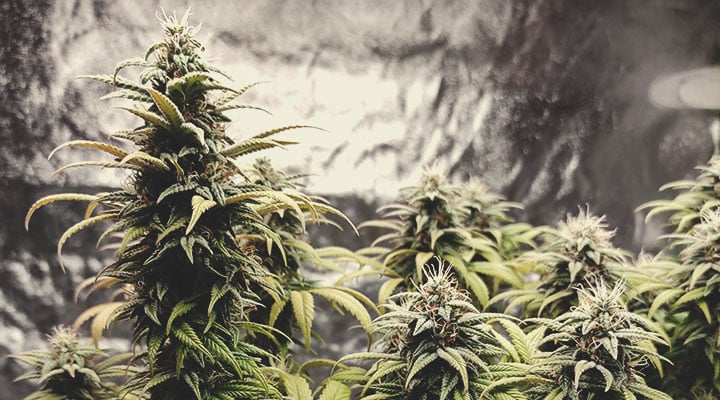
- Sour Diesel: After mental clarity? Then Sour Diesel is one for you. A very diverse hybrid, it has clean highs and delicious, pungent flavours.
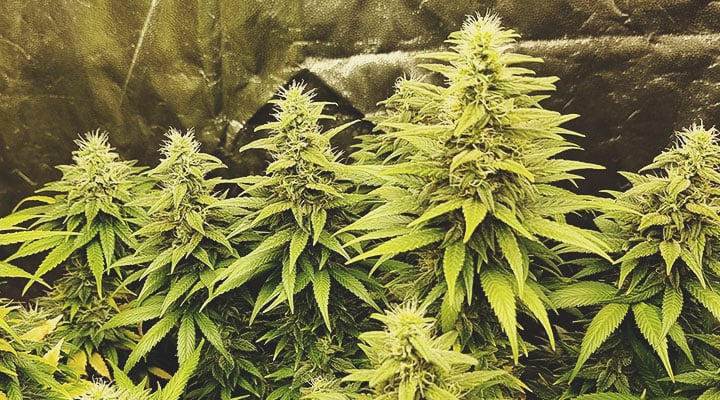
8 Ways to Avoid Getting Tired After Smoking Weed
It may be that you don’t have the option of selecting whichever cannabis strain you deem best at a given time; you might just have to settle for what you can get. In that case, consider the following options to help alleviate those feelings of tiredness.
1. Try a CBD Strain
A CBD strain can take the edge off a THC high and clear your head a little. Whether this makes you feel less tired is up for debate, but it should help you feel less groggy and couch-locked.
2. Exercise
Getting your blood flowing and oxygenated is a very good way to wake yourself, whether you’ve been smoking weed or not. Whether you do it while high or the next morning, it can really help to clear your head and raise your energy levels.
3. Drink Coffee
Likewise, it’s no secret that a coffee will boost your energy. Bear in mind, though, that this can also result in feelings of tiredness in the long term. Also, be mindful of consuming caffeine when you’re actually high, as it can exacerbate feelings of anxiety.
4. Take a Shower
A strong shower, hot or cold, is a great way to clear the cobwebs away and wake yourself up. If you’re feeling brave (or desperate), an ice-cold one will work wonders!
5. Stay Active (Don't Sit on the Couch)
Going for a walk when you smoke will influence the effects powerfully. If you lie on the sofa all the time watching cartoons, you’ll feel tired and lazy, even if you don’t smoke weed. By all means, indulge when you smoke, but remember that, weed or not, an active lifestyle will make you a more energetic person.
6. Stay Social
Being around friends, talking, laughing, and going out will certainly boost energy levels and general motivation levels. Friends make you feel good, and feeling good will give you energy.
7. Microdose
Cutting down the amount you smoke can make a difference. Microdosing cannabis will change the effects, meaning you can still smoke regularly, but without always being tired.
Also, watch when you smoke. If you’re always tired when you do so, consider not smoking during the day—only do it once you’ve completed your necessary tasks or commitments.
8. Take a Break
The cumulative effects of smoking weed can induce long-term lethargy. Stop for a while. As well as getting your energy levels back, you’ll find that when you go back to it, your tolerance will have dropped and you’ll feel like a teenager again, trying it for the very first time.
Do You Need to Worry About Post-Weed Tiredness?
Not inherently, but if you feel it’s having a negative impact on your life, it’s worth taking a break. No matter how much you love weed, it’s only worth it if it’s a force for good.
Taking a break can also help you recalibrate your relationship with cannabis so it's healthy and helpful. On the other hand, if you only find yourself tired while you’re high, it’s probably nothing to worry about. If you’d rather not be, try some different strains and explore the options above.
- Cannabidiol in Anxiety and Sleep: A Large Case Series https://www.ncbi.nlm.nih.gov
- Nutraceuticals https://www.sciencedirect.com
- The effects of Δ9-tetrahydrocannabinol on the dopamine system https://www.ncbi.nlm.nih.gov


























